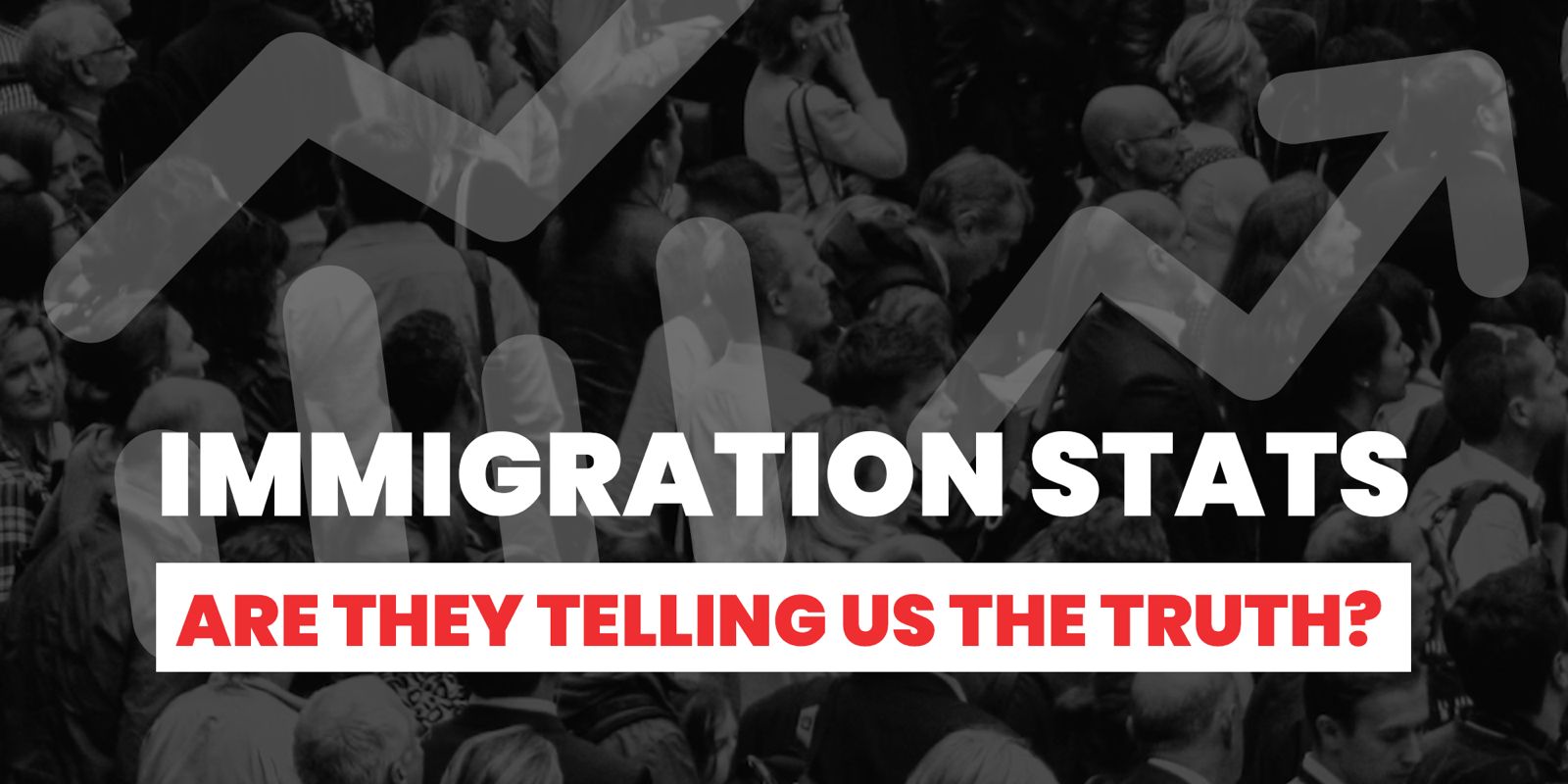
This is a preview of Migration Watch’s free weekly newsletter. Please consider signing up to the newsletter directly, you can do so here and will receive an email copy of the newsletter every Friday as soon as it is released.
We often hear the saying, “There are three kinds of lies: lies, damned lies, and statistics.”
Statistics can of course be twisted, and often are, but when done properly they are a powerful tool for uncovering the truth. By laying out the facts and the methods used to analyse them, statistics can shed light on complex issues.
Government departments and the Office for National Statistics keep meticulous records on a myriad of topics, from agricultural output to NHS waiting times. But when it comes to immigration statistics, the picture gets murky. Under David Cameron, there was a push for open data but increasingly, departments have regressed into a secretive mindset. The government (or is it civil servants?) cannot withhold information by making spurious claims that it would cost too much to collate information which we have a right to access. In any case, such data are collected for analysis and scrutiny. This allows for performance to be assessed, future planning and the the allocation of resources. Keeping such data from people only erodes trust in public bodies and government.
Take the net migration figures, for example; according to the Office for National Statistics (ONS), it was 6.3 million between 2001 and 2021. Yet, in the 2021 census, some 6.9 million people claimed they arrived in England and Wales (where over 90% of migrants go) during that time – almost a million more than the net migration figure. And the discrepancies don’t stop there. When it comes to specific migrant groups, like EU nationals, the situation has proved even more confusing. We have often referred to the official estimates of how many EU nationals would sign up for the EU settlement scheme. We were told it would be between 3.5 and 4.1 million. In the event, 5.7 million people were granted settlement and well over 6 million had applied. Is it any wonder our hospitals, schools and GP surgeries are under such pressure and housing is persistently in short supply, when it turns out there are millions of people here that the planners didn’t know were in the country?
But it’s not just about headcounts. We’re also in the dark about the economic impact of different types of migration. HM Revenue & Customs used to publish data on tax contributions by nationality, but this no longer happens. Similarly, the Department for Work and Pensions (DWP) stopped releasing figures on welfare claims by nationality.
Other countries, like Denmark and Germany, have sophisticated systems to analyse the fiscal contributions of migrants and tailor their immigration policies accordingly. We should follow suit; as we at Migration Watch have been calling for over many years.
This is a preview of Migration Watch’s free weekly newsletter. Please consider signing up to the newsletter directly, you can do so here and will receive an email copy of the newsletter every Friday as soon as it is released.
